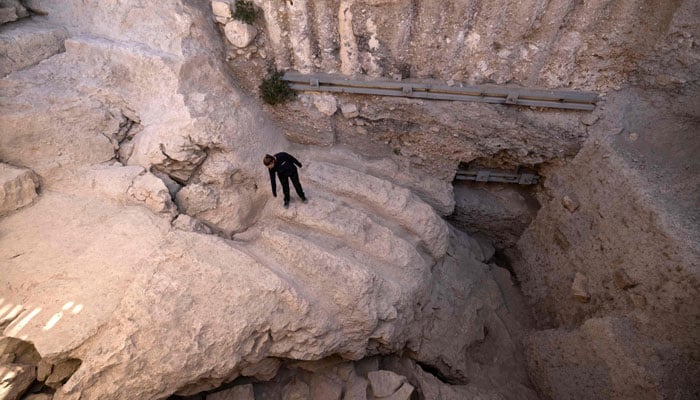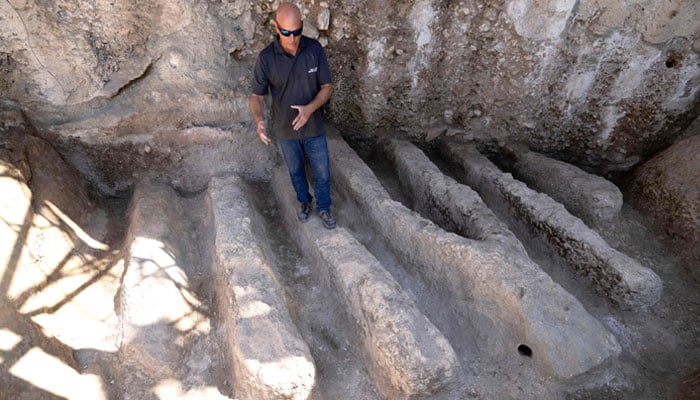'Mystery' ducts found near Jeruselam relics baffle archaelogists
The mystery ducts may have had ritual purposes in ancient times, experts say
August 30, 2023

Archaeologists in Jerusalem have unearthed a network of ancient ducts that have baffled them. The ducts, which are about 2,800 years old, are located outside the city's walled Old City.
They are knee-deep and stand in two clusters, 10 meters apart.
The ducts are made of hewn rock and are about 30 centimetres wide and 50 centimetres high. They are not connected to any other water sources, and they do not appear to have been used for drainage or sewage disposal.
Forensic testing of the ducts found no blood, suggesting that they were not used for animal slaughter. The ducts also do not appear to have been designed to carry a large volume of water.

Archaeologists are not sure what the ducts were used for. One possibility is that they were used to prepare a commodity that was connected to the economy of the temple or palace that once stood nearby. For example, the ducts could have been used to soak flax for linen production or to heat dates to produce silan (date honey).
Another possibility is that the ducts were used for ritual purposes. For example, they could have been used to collect holy water or to transport offerings to a temple.
The discovery of the ducts is a mystery, but it is an important one. It provides new insights into the ancient city of Jerusalem and its people. The ducts are a unique find, and they are helping archaeologists to better understand the history of Jerusalem.
The ducts are located in an area that was once home to a large residential and industrial complex. This suggests that the ducts may have been used for a variety of purposes, including food production, textile manufacturing, and religious rituals.
The ducts are also located near a spring, which suggests that they may have been used to transport water. However, the lack of any evidence of water flow suggests that this was not their primary purpose.
The discovery of the ducts is a significant step forward in the understanding of ancient Jerusalem. It is a reminder of the rich history of the city and the many mysteries that still remain to be solved.
The archaeologists are continuing to investigate the ducts, and they hope to one day discover their true purpose.









